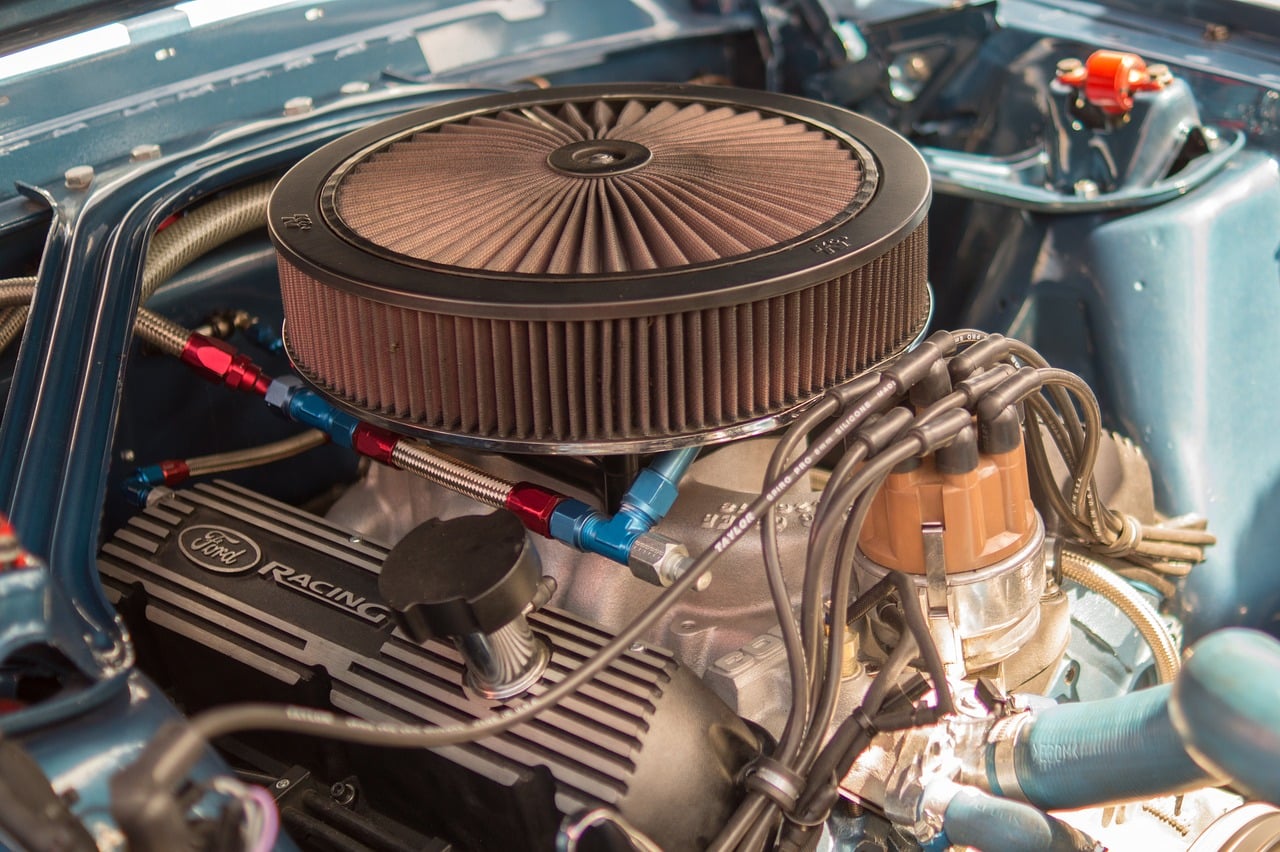
The alternator is an essential part of automobiles, as it allows charging the battery.
The machine that generates alternating electrical current from the transformation of mechanical energy is called an alternator . In order to achieve this objective, it uses electromagnetic induction .
It can be said that the alternator is a rotating machine that has an inductor (which receives the mechanical energy from rotation and allows the creation of the magnetic field) and an armature (the conductor that is crossed by the force of the magnetic field). The most frequent use of alternators consists of generating alternating current energy to supply an electrical network.
mechanical energy
Mechanical energy consists of the sum of the kinetic energy (given by movement) and the potential energy (linked to the ability to perform work by virtue of the position in a force field) of a body. Knowing this concept is essential to understanding how an alternator works.
The kinetic energy plus the potential energy of a body, therefore, constitute its mechanical energy. What an alternator does is take this energy and convert it into alternating current .
AC
Alternating current is an electric current (flow of electric charges) whose direction of movement is periodically reversed. This is another key concept for the definition of an alternator.
electromagnetic induction
To convert mechanical energy into electrical energy, the alternator uses electromagnetic induction . This phenomenon allows an electromotive force to be produced in a body that is exposed to a variable magnetic field.
If a conductor is subjected to a changing magnetic field, it induces an electromotive force ( voltage ). The alternator, in this framework, constantly changes polarity to produce movement, and therefore, electrical energy .
Types of alternators
Alternators are widely used in a variety of applications, from generating electrical power in power plants to charging batteries in automobiles. For this, different types are necessary, some of which we list below:
- direct current (DC) alternators : although alternators generate alternating current, it is possible to rectify their output to obtain direct current. This is achieved using a device called a rectifier, which carries out the conversion. DC alternators are commonly found in older automobiles and in applications that require it, such as in some battery charging systems;
- Synchronous alternators – These alternators generate alternating current with a constant frequency that is synchronized with the rotation speed of the rotor. They are used in large-scale power generation systems, such as in power plants, and are also used in applications that require precise frequency, such as power backup systems;
- Asynchronous (or induction) alternators – Unlike synchronous alternators, asynchronous ones do not have to be synchronized to a specific frequency. They generate alternating current as the rotor spins faster than the stator's magnetic field. They are used in a variety of industrial and commercial applications, such as emergency generators and backup systems;
- Permanent magnet alternators : Instead of using a magnetic field induced by an electric current in the rotor , these alternators use permanent magnets to generate the magnetic field. This can result in a simpler and more efficient design in certain cases, such as in small renewable energy systems such as windmills and solar systems;
- Motor Vehicle Alternators – These alternators are designed specifically for vehicles such as cars, trucks, and motorcycles. They are essential for charging the vehicle's battery and powering electrical systems while the engine is running;
- Three-phase alternators – generate alternating current in three phases, which is common in industrial and commercial power electrical systems due to their efficiency and ability to transmit power more stably.

We find permanent magnet alternators in windmills.
The choice of alternator type will depend on the specific application and power generation requirements. Each has its own advantages and disadvantages in terms of efficiency, voltage regulation, frequency control and other factors.
